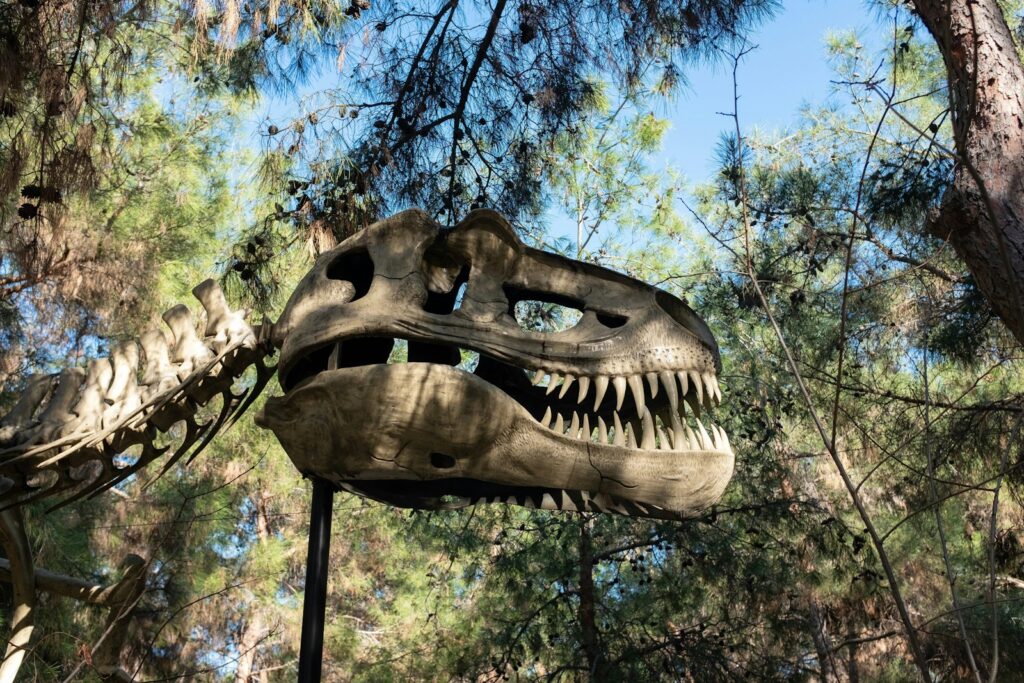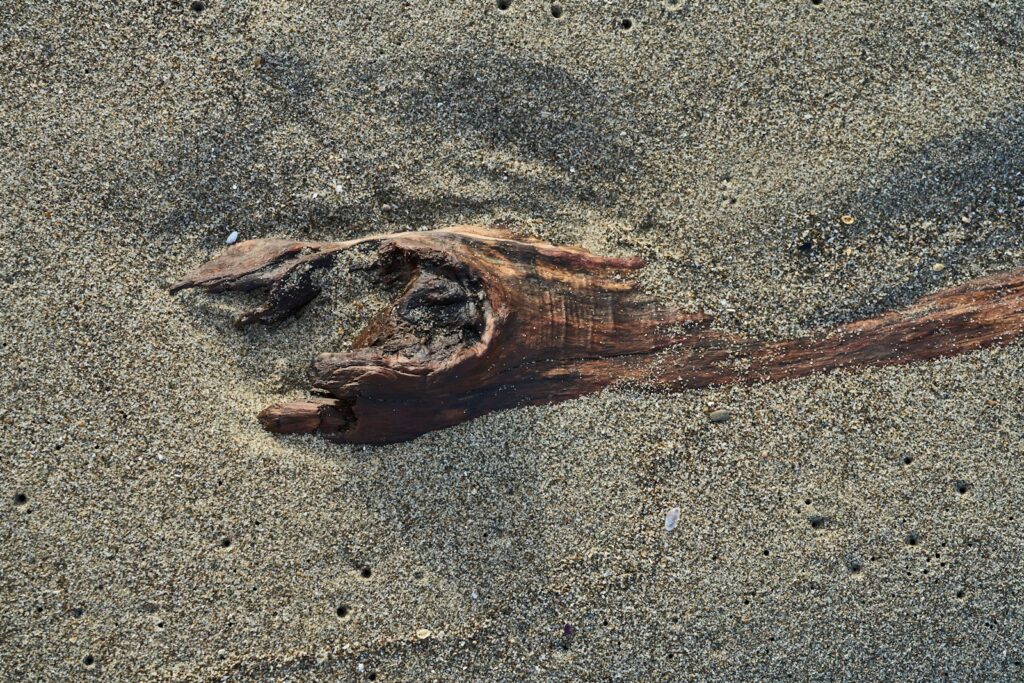Imagine a world where colossal creatures ruled the Earth for over 160 million years, then suddenly vanished in what scientists call one of the most dramatic mass extinction events in our planet’s history. The mystery of what killed the dinosaurs has captivated researchers and the public alike for decades, sparking fierce debates that continue to rage through scientific communities today. Was it a catastrophic asteroid impact that sealed their fate, or did massive volcanic eruptions slowly poison their world? Perhaps the truth lies somewhere in between, with both forces working together to end the age of dinosaurs.
The Asteroid Impact Theory Takes Center Stage
The idea that an asteroid wiped out the dinosaurs burst into scientific consciousness in 1980 when physicist Luis Alvarez and his geologist son Walter made a startling discovery. They found unusually high levels of iridium, a rare element on Earth but common in asteroids, in rock layers dating to exactly 66 million years ago. This wasn’t just a small anomaly either – the iridium levels were 30 times higher than normal, suggesting something massive from space had crashed into our planet.
The timing couldn’t have been more perfect. This iridium spike occurred right at the boundary between the Cretaceous and Paleogene periods, precisely when the dinosaurs disappeared from the fossil record. Scientists call this the K-Pg boundary, and it represents one of the most significant moments in Earth’s history.
Discovering the Smoking Gun in Mexico
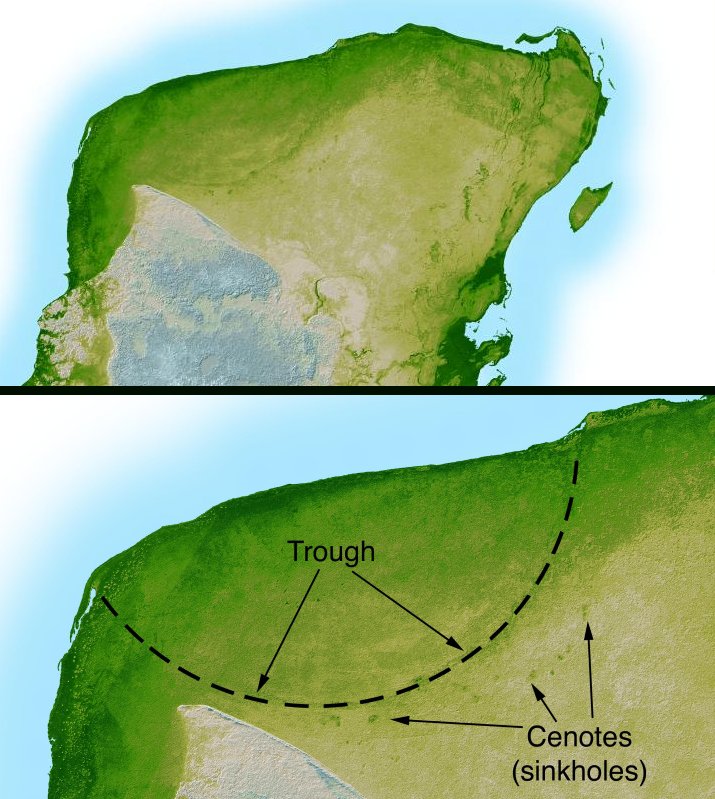
For years, scientists searched for the crater that would prove the asteroid theory once and for all. In the 1990s, they found it buried beneath the Yucatan Peninsula in Mexico – the Chicxulub crater, stretching an incredible 150 kilometers across. This massive scar on Earth’s surface told the story of an asteroid roughly 10 kilometers wide that slammed into our planet with the force of billions of nuclear bombs.
The impact would have been absolutely devastating. The asteroid hit with such force that it vaporized itself and surrounding rock, sending massive amounts of debris into the atmosphere. This debris would have blocked out the sun for months, plunging Earth into a nuclear winter-like scenario that made photosynthesis nearly impossible.
The Volcanic Villain of the Deccan Traps
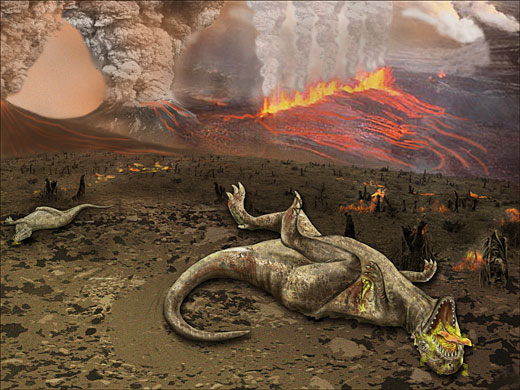
But not everyone was convinced that an asteroid alone could explain the dinosaur extinction. Some scientists pointed to another catastrophic event happening around the same time – massive volcanic eruptions in what is now India. These weren’t ordinary volcanic eruptions; they were among the largest volcanic events in Earth’s history, known as the Deccan Traps.
The Deccan Traps volcanism lasted for hundreds of thousands of years, spewing enormous amounts of lava, ash, and toxic gases into the atmosphere. These eruptions released vast quantities of sulfur dioxide and carbon dioxide, which would have dramatically altered Earth’s climate. The sulfur dioxide would have caused acid rain and global cooling, while the carbon dioxide would have later led to extreme global warming.
Timing Is Everything in the Extinction Debate
One of the most contentious aspects of this debate revolves around timing. Did the asteroid impact and volcanic eruptions happen simultaneously, or were they separate events? Recent research suggests that the Deccan Traps volcanism actually began well before the asteroid impact, possibly weakening ecosystems and making them more vulnerable to the final blow.
Some scientists argue that the asteroid impact may have even intensified the volcanic activity. The massive shock waves from the impact could have triggered more violent eruptions on the opposite side of the planet. This creates a terrifying scenario where both catastrophes worked together to devastate life on Earth.
The Nuclear Winter Scenario
When the asteroid struck Earth, it didn’t just create a big hole in the ground – it fundamentally changed the planet’s climate system. The impact threw billions of tons of dust, ash, and vaporized rock into the atmosphere, creating a global cloud that blocked out sunlight for months or even years. This phenomenon, similar to what scientists predict would happen after a nuclear war, is called an impact winter.
Without sunlight, plants couldn’t photosynthesize, causing the entire food chain to collapse from the bottom up. Large dinosaurs, which needed enormous amounts of food to survive, would have been particularly vulnerable. The temperature drop would have been dramatic, with some estimates suggesting global temperatures fell by 10-20 degrees Celsius.
Poisonous Gases and Acid Rain
The volcanic eruptions of the Deccan Traps released their own deadly cocktail of atmospheric pollutants. Sulfur dioxide from the eruptions would have created sulfuric acid aerosols in the atmosphere, leading to widespread acid rain that would have poisoned water sources and damaged vegetation. The scale of these eruptions was mind-boggling – they covered an area larger than Western Europe with lava flows.
Carbon dioxide from the volcanic activity would have created a greenhouse effect, but this warming came after an initial cooling period caused by the ash and sulfur compounds. This dramatic climate whiplash would have made it nearly impossible for many species to adapt quickly enough to survive.
The Survivors Tell Their Story
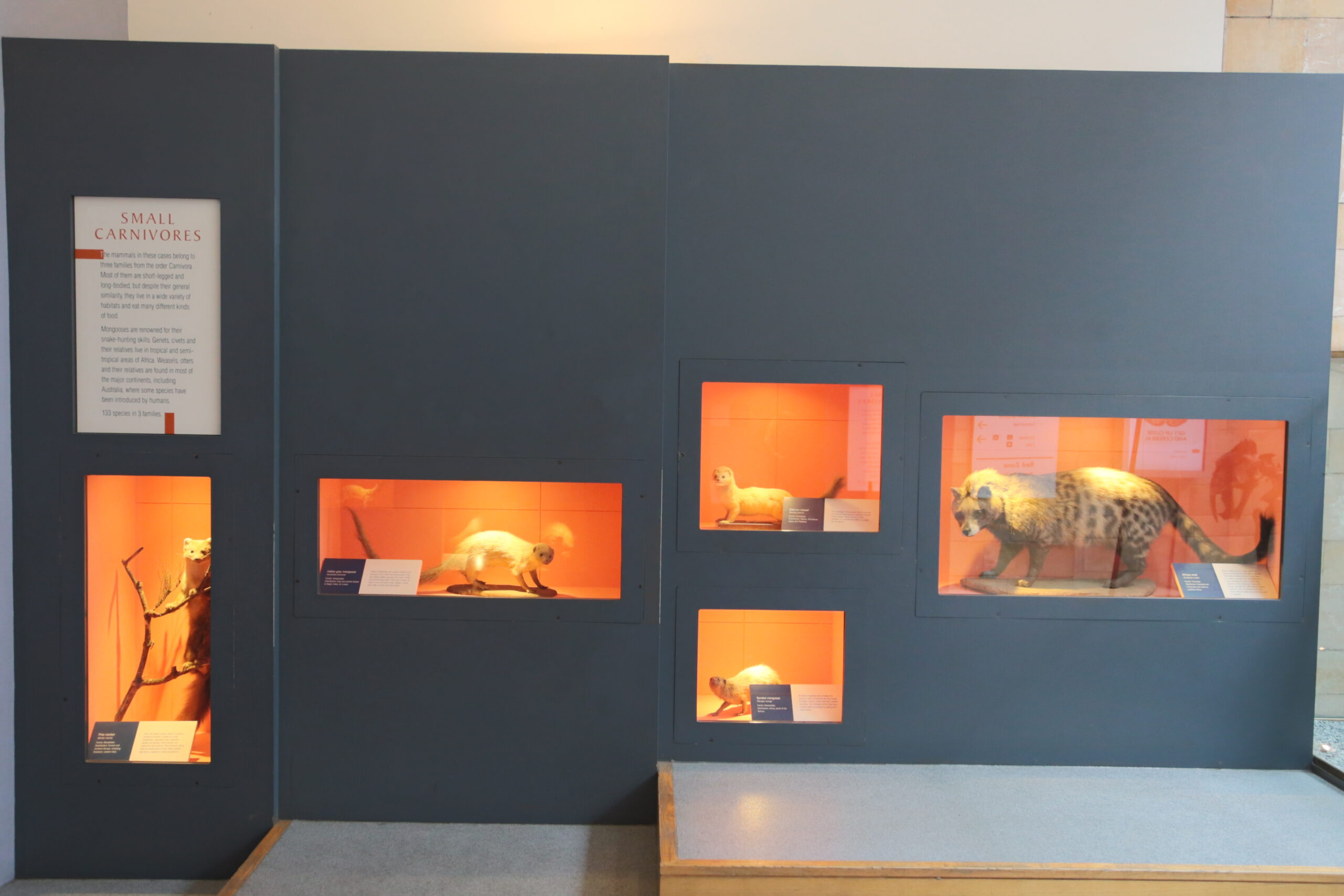
Interestingly, not everything died during the mass extinction event. Small mammals, birds, crocodiles, and many marine organisms survived, providing clues about what determined survival versus extinction. Size seems to have been a crucial factor – smaller animals with lower metabolic requirements were more likely to survive the catastrophic conditions.
Animals that could burrow underground, hibernate, or survive on a diet of seeds and detritus had significant advantages. This explains why mammals, which were mostly small and adaptable, managed to survive and eventually flourish after the dinosaurs were gone. The extinction event essentially reset the evolutionary clock, allowing new groups of animals to diversify and fill the ecological niches left vacant by the dinosaurs.
Modern Technology Reveals New Evidence
Advanced dating techniques and sophisticated computer modeling have revolutionized our understanding of the extinction event. Scientists can now pinpoint the timing of different catastrophic events with incredible precision, sometimes down to thousands of years. These techniques have revealed that the extinction wasn’t instantaneous but occurred over a period of several thousand years.
New evidence continues to emerge from drill cores taken from the Chicxulub crater itself. These cores contain a minute-by-minute record of the impact event, showing how the asteroid vaporized sulfur-rich rocks and sent massive tsunamis racing across ancient seas. The detail in these records is so precise that scientists can almost recreate the day the dinosaurs died.
The One-Two Punch Hypothesis
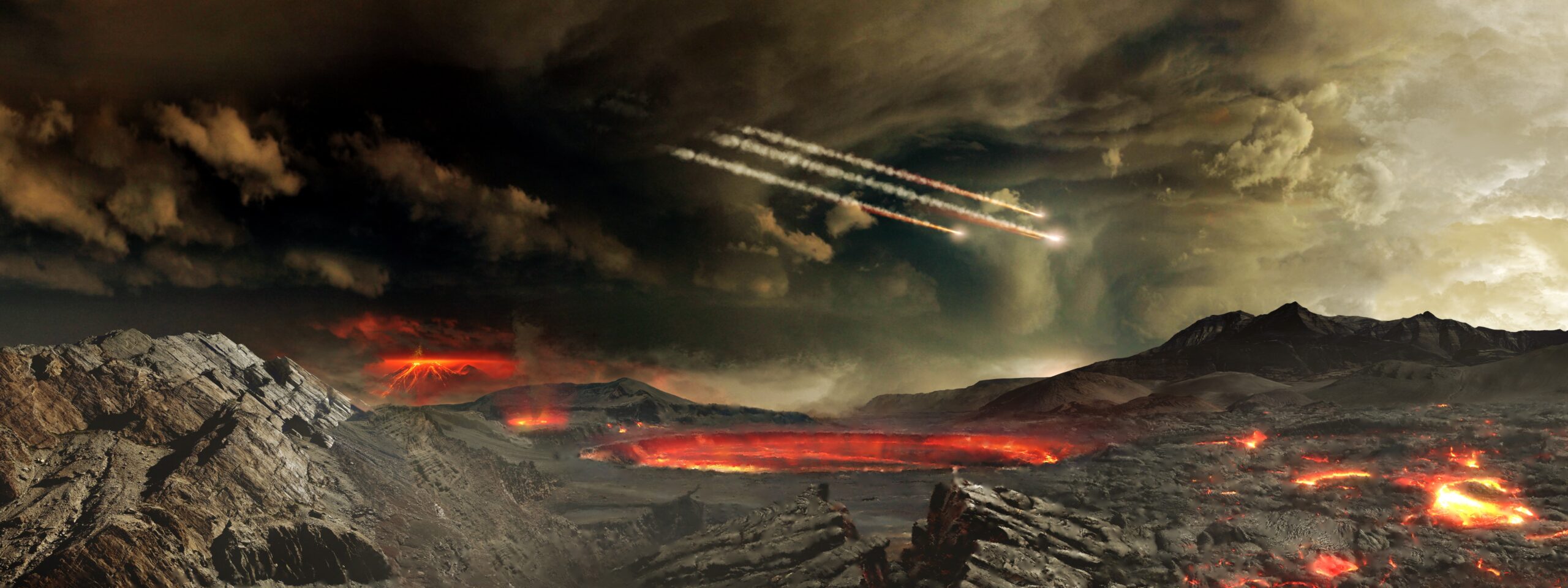
Many scientists now favor a combination theory that suggests both the asteroid impact and volcanic eruptions played crucial roles in the extinction. This “one-two punch” hypothesis proposes that the Deccan Traps volcanism had already stressed global ecosystems for hundreds of thousands of years before the asteroid delivered the final, fatal blow.
The volcanic activity would have made species more vulnerable by reducing biodiversity and disrupting food webs. When the asteroid hit, ecosystems that might have been resilient enough to recover from either catastrophe alone were unable to cope with both stresses simultaneously. This combination effect explains why the extinction was so severe and why recovery took so long.
Lessons from Other Mass Extinctions
The dinosaur extinction wasn’t the only mass extinction in Earth’s history – there have been at least five major extinction events, each with its own unique causes and characteristics. The Permian-Triassic extinction, which occurred 252 million years ago, was even more severe, wiping out 96% of marine species and 70% of land vertebrates. This earlier catastrophe was also associated with massive volcanic eruptions, providing additional support for the role of volcanism in mass extinctions.
Studying these other extinction events helps scientists understand the various ways that catastrophic events can disrupt Earth’s ecosystems. Each extinction provides a natural experiment in how life responds to extreme environmental stress, offering insights that are increasingly relevant in our current era of rapid environmental change.
The Role of Marine Ecosystems
The extinction event didn’t just affect land animals – marine ecosystems were equally devastated. Ammonites, which had survived multiple previous extinction events, finally succumbed during the K-Pg extinction. Marine reptiles like plesiosaurs and mosasaurs also disappeared, along with many species of marine microorganisms that formed the base of ocean food webs.
The collapse of marine ecosystems was particularly devastating because oceans play a crucial role in regulating Earth’s climate and chemistry. When marine food webs collapsed, it created a cascade effect that influenced global carbon cycling and ocean chemistry for millions of years. The recovery of marine ecosystems took at least 10 million years, demonstrating the long-lasting impact of the extinction event.
Climate Change and Evolutionary Pressure
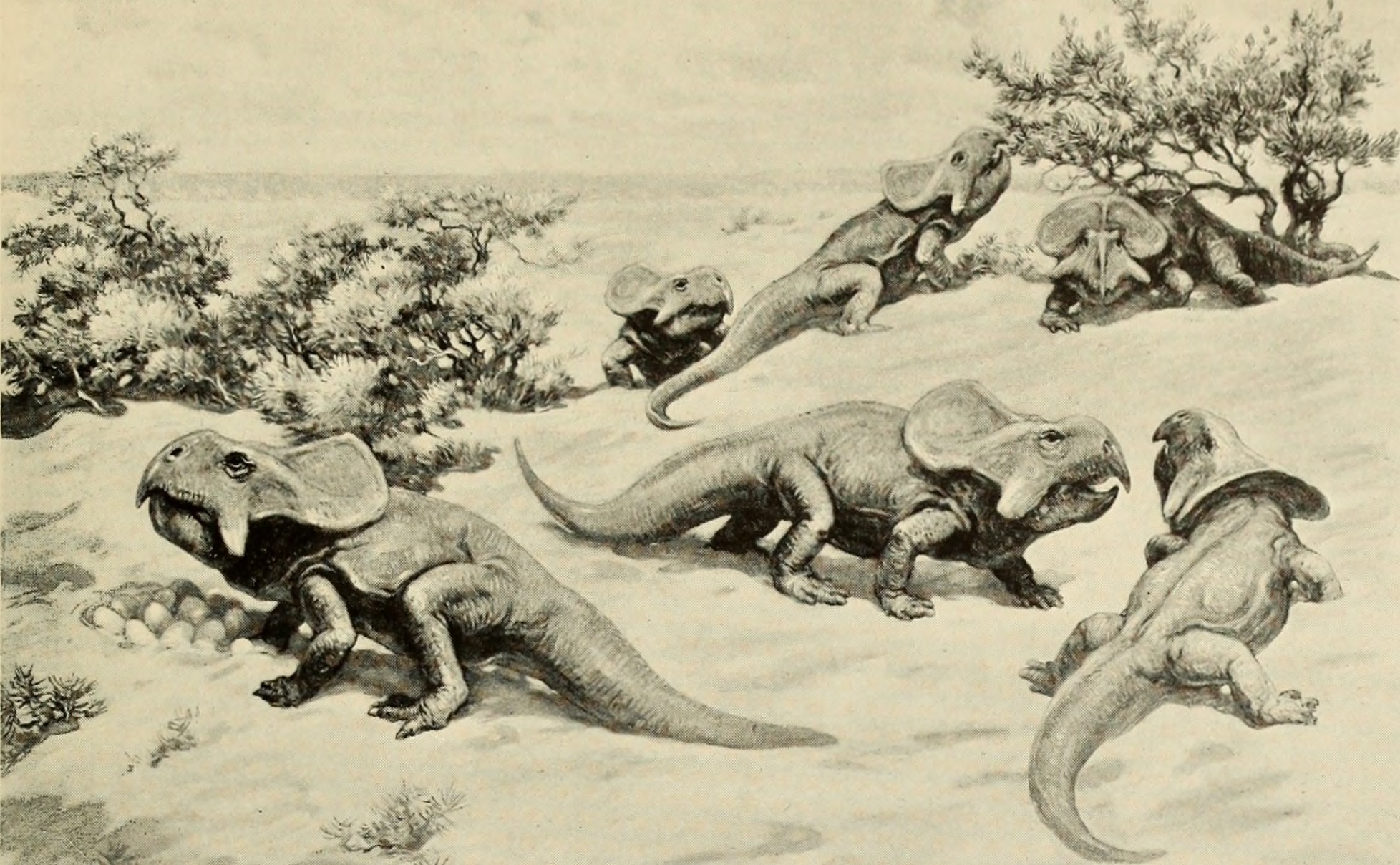
Even before the final catastrophic events, dinosaurs were facing significant evolutionary pressures. Climate change during the late Cretaceous period was already altering ecosystems and forcing species to adapt or relocate. Some scientists argue that dinosaur diversity was already declining before the asteroid impact, making them more vulnerable to extinction.
The climate changes associated with both the volcanic eruptions and asteroid impact weren’t just about temperature – they also affected precipitation patterns, seasonal cycles, and the chemistry of the atmosphere and oceans. These changes would have disrupted migration patterns, breeding cycles, and food availability for many species, creating a perfect storm of environmental stresses.
What Modern Science Reveals About Recovery
The recovery after the extinction event was remarkably slow by geological standards. It took approximately 10 million years for biodiversity to return to pre-extinction levels, and the new ecosystems that emerged were fundamentally different from those that existed before. Mammals, which had been small and relatively uncommon during the age of dinosaurs, rapidly diversified to fill ecological niches left vacant by extinct species.
Modern research has revealed that the recovery wasn’t uniform across different environments or geographic regions. Some areas recovered more quickly than others, depending on local conditions and the severity of the initial impact. This patchy recovery pattern helps explain why some evolutionary lineages survived while others did not, and why the post-extinction world looked so different from the pre-extinction one.
The Ongoing Scientific Debate
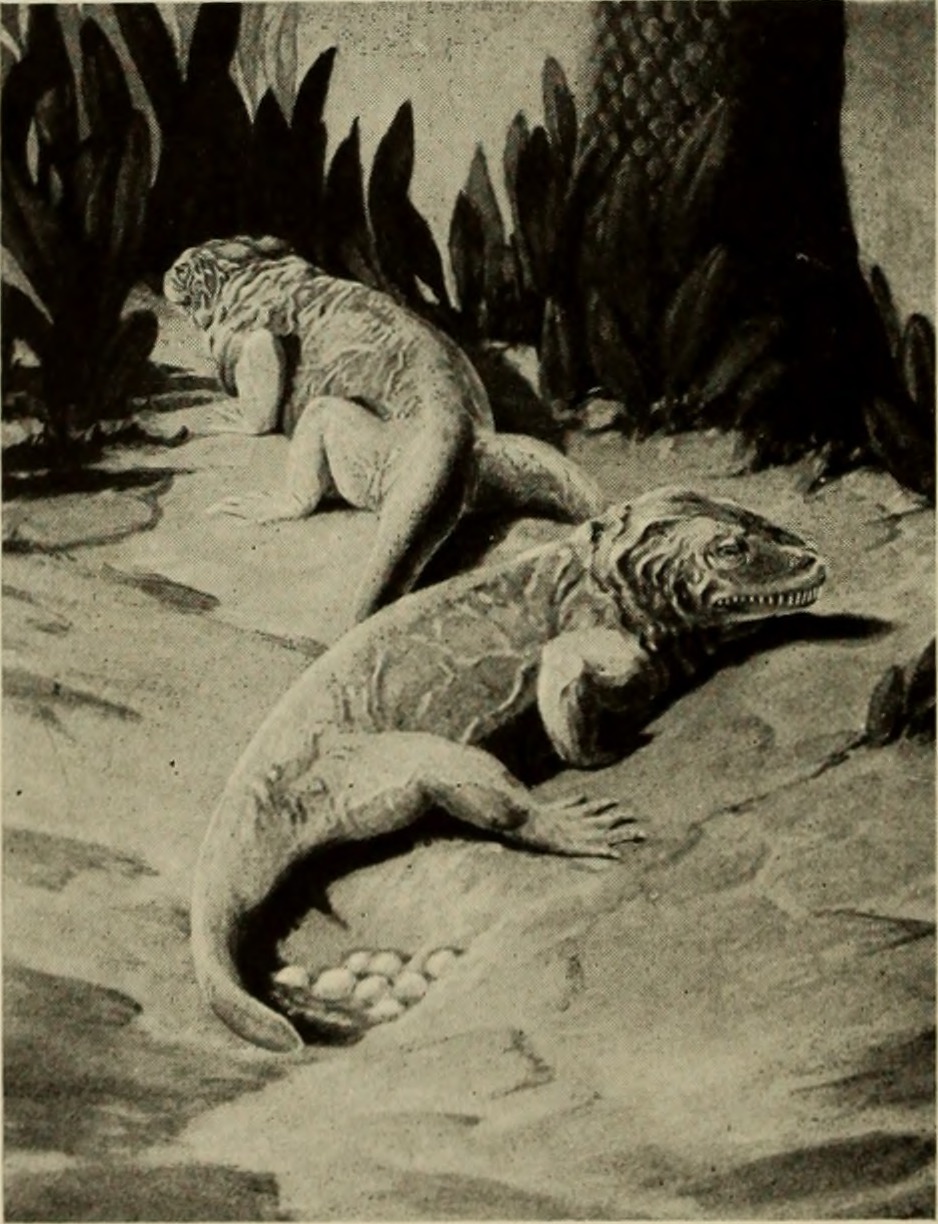
Despite decades of research, the debate over dinosaur extinction continues to evolve as new evidence emerges. Some scientists still argue for a primarily asteroid-driven extinction, while others emphasize the importance of volcanic activity. The majority of researchers now accept that both factors played important roles, but the relative importance of each continues to be debated.
New discoveries regularly challenge existing theories and add complexity to our understanding of the extinction event. Recent findings suggest that the asteroid impact may have been just one of several impacts that occurred around the same time, potentially making the catastrophe even more severe than previously thought. Each new piece of evidence adds another layer to this fascinating scientific puzzle.
The story of dinosaur extinction remains one of the most compelling mysteries in Earth’s history, reminding us that our planet has experienced catastrophic changes before and will likely face them again. Whether caused by asteroids, volcanoes, or both, the end of the dinosaurs paved the way for the rise of mammals and ultimately led to our own existence. How might future catastrophic events shape the evolution of life on Earth?

